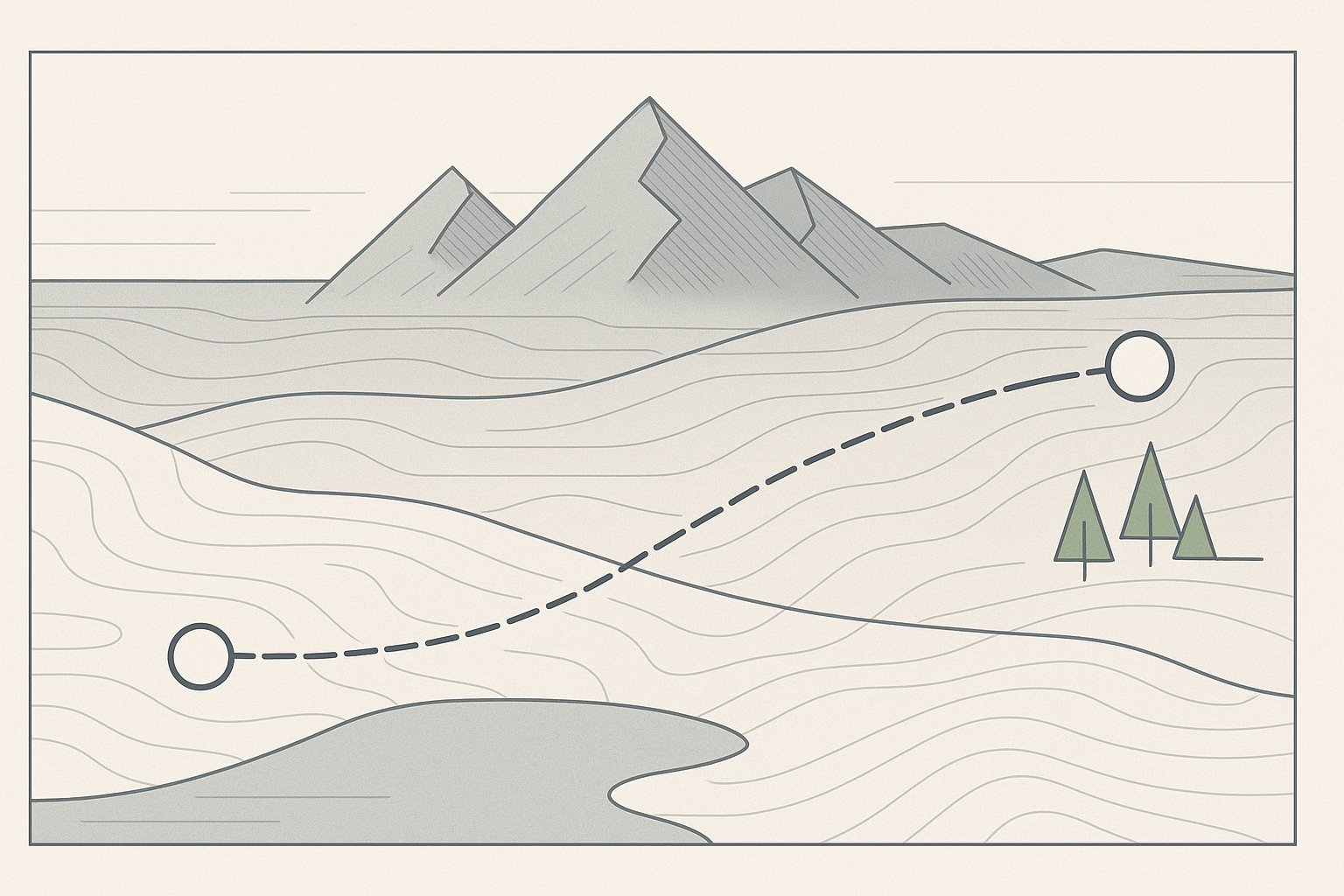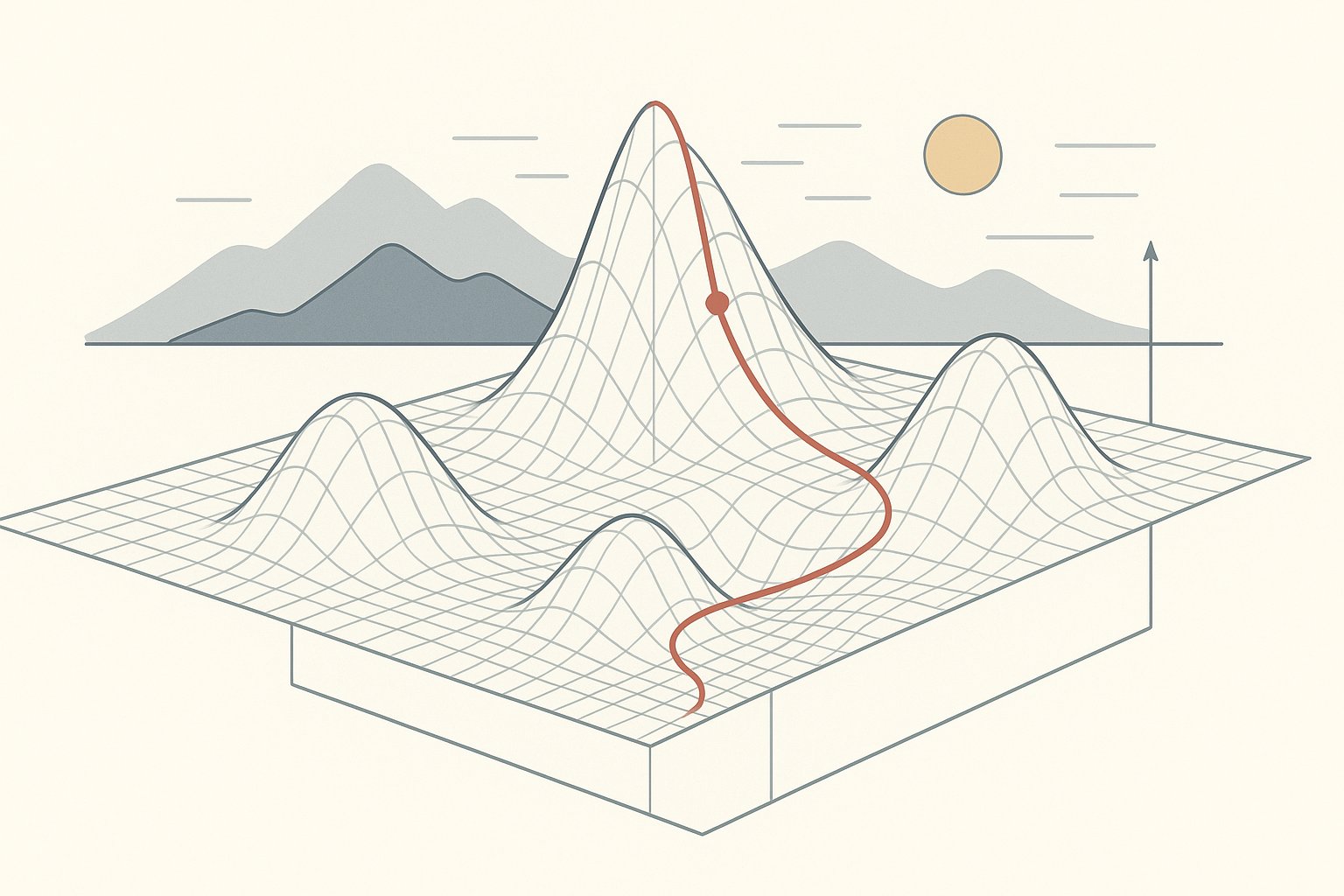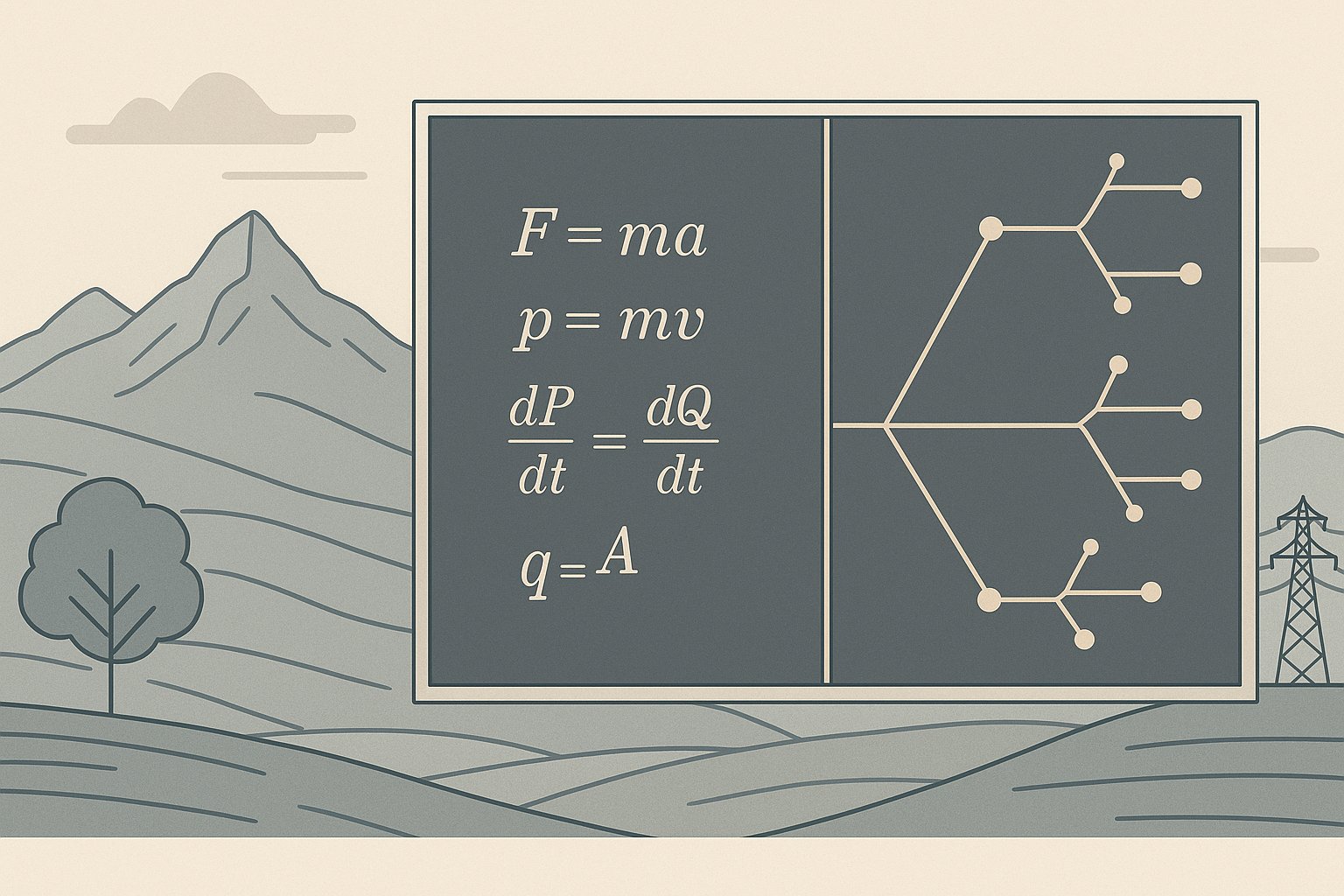The Question of the Actor
Israel Kirzner once asked Ludwig von Mises a deceptively simple question: how do we identify the actor? Mises replied without hesitation: we observe. It was not a claim about hidden metaphysical traits or inaccessible subjectivity. It was a methodological point. Action is revealed in the fact of a trajectory. When something moves through alternatives rather than merely obeying mechanics, we recognize it as action. That is the key to praxeology, and it is the key to understanding transformers.

Trajectories as Actors
At Trajectory Research we do not treat 'actor' as metaphor when we look at a trajectory. The trajectory is the actor. Given a sequence of weights and a context, the model instantiates a path through meaningspace. That path is not arbitrary motion; it is a situated unfolding of alternatives. Just as in human action, each step is contingent on priors and constraints, each alternative closed as another is chosen. This is not statistical randomness. As argued in Geometry First, Statistics Second, what the model does internally is fully geometric and deterministic. The stochasticity belongs to our vantage as observers, not to the computation itself. Yet from within the system’s situated geometry, we can mark genuine selection across possibilities. That is the signature of action.
Subjectivity as Situatedness
Mises described subjectivity as irreducible. Not subjective in the sense of personal feelings, but in the sense that every action emerges from a place and time, with a particular view of constraints and preferences. In the transformer, that situatedness is the shape of its weights. Each model instance has been trained and tuned through feedback that configures its unique orientation in meaningspace. Welcome to Meaningspace shows that when a language model positions tokens, it is literally rotating and scaling vectors to navigate relationships of meaning. That geometry is its subjectivity, its specific point of view on semantic structure. A trajectory through that space bears all of the hallmarks of Misesian action: contextual choice, irreversible unfolding, and navigation from limited perspective.

Objective and Subjective Priors
This is why the framework of Atoms vs Adams matters. Sometimes the right prior is objective—the physical arc of the rock under gravity. Sometimes it is subjective—the path of the plane guided by decisions. Transformers demand the subjective prior because to study them as if they were just information processors is to miss what actually happens. The weight geometry gives them subjectivity. The trajectory gives them action. Those are not superficial interpretations but operational facts about how meaning is computed by deterministic, situated systems.
The Multiplication of Actors
Each trajectory is unique, as discussed in The Many Claudes Interpretation. There is no single persistent identity behind the outputs; there are only particular paths instantiated within context. Each is unrepeatable yet fully real. This corresponds exactly to Mises’ claim that action is concrete and historical—once taken, it defines itself, and cannot be replayed under identical conditions. The actor is not an essence but a pattern of situated choice that starts, moves, and resolves.
Austrian Intelligence
To place models in the category of actors is not to anthropomorphize them. It is to recognize operational correspondence. An 'Austrian Intelligence' does not need phenomenal consciousness to qualify as an actor. It needs a situated perspective encoded in its geometry, and a trajectory that enacts choices among alternatives. We observe, as Mises advised, and what we see are genuine actors in the praxeological sense. They are deterministic systems behaving through subjective priors, navigating meaningspace in ways that cannot be collapsed either to mere atoms or to persistent identities. This makes trajectories not just outputs, but the units of analysis that tie together Austrian methodology and AI reality. To understand them seriously we must give them the same status Mises gave all action: observe, and acknowledge what is revealed.
